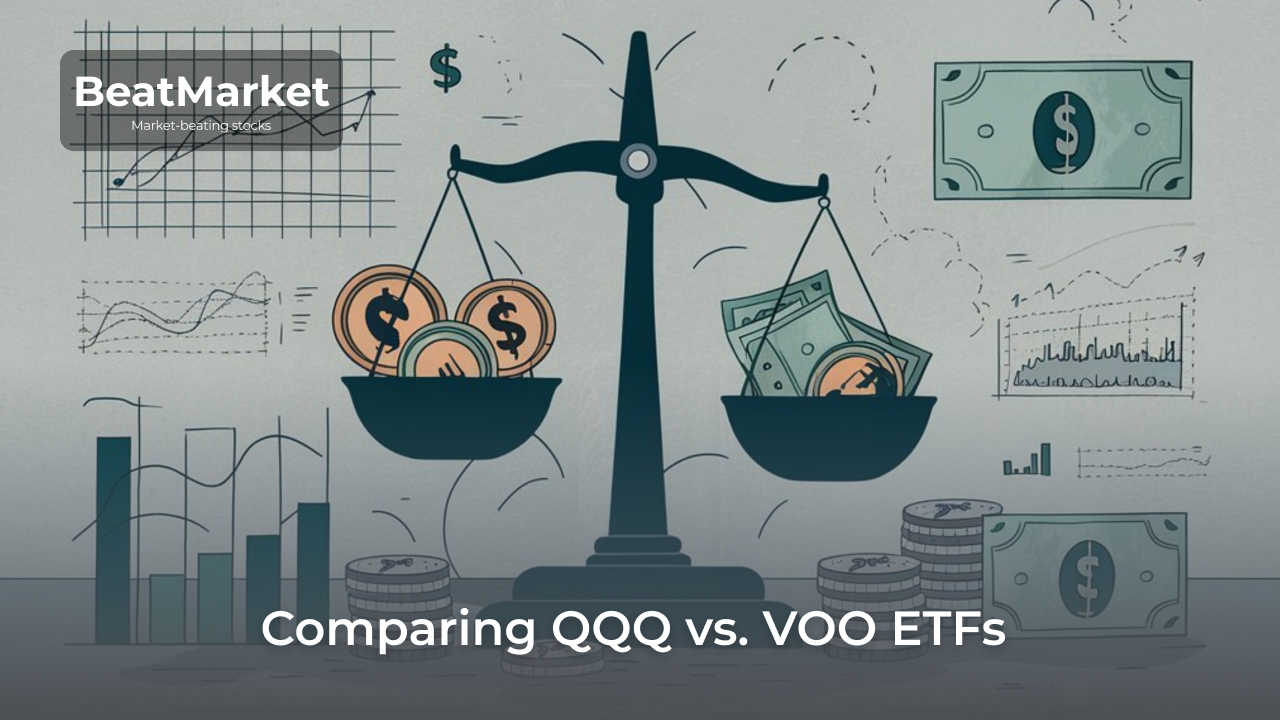Non-dividend distribution is a critical financial concept in the corporate world. It represents ways companies use their profits aside from distributing them as dividends to shareholders. This practice includes reinvesting in the business, paying off debt, acquiring assets, or retaining cash for future opportunities.
In this article, we’ll explore the significance of non dividend distribution in modern corporate finance, its impact on shareholder value, regulatory frameworks, and strategic considerations. Understanding non-dividend distribution is vital for business leaders and investors as it reveals how companies manage finances and balance reinvestment with rewarding shareholders.
Table of Contents
What Is a Nondividend or Non-Taxable Distribution?
A non dividend distribution, also known as a non-taxable distribution, is a financial transaction conducted by a corporation that does not involve the distribution of profits to its shareholders in the form of dividends. Instead, it represents a transfer of corporate assets or resources to shareholders without triggering immediate tax liabilities.
Non-dividend distributions typically include various corporate actions such as stock splits, stock dividends, or the distribution of assets other than cash, like property or stock in another corporation. The key distinction is that these distributions are not considered taxable income for shareholders when received.
These distributions are often employed for strategic purposes, including managing the company’s capital structure, adjusting the number of outstanding shares, or optimizing the allocation of resources within the corporation. Understanding the nuances of non-dividend or non-taxable distributions is essential for investors and corporations alike, as they have significant implications for taxation, financial planning, and shareholder value. In this article, we will explore the intricacies of non-dividend distributions, their implications, and their role in corporate finance.
Understanding Non-Taxable Distributions
Tax-free distributions, also referred to as non-dividend distributions, are corporate actions in which a company provides assets or resources to its shareholders without triggering immediate tax obligations for those shareholders. These distributions can take various forms and are typically utilized for strategic financial purposes. Unlike traditional dividends, tax-free distributions do not result in immediate taxable income for the recipients.
Example:
Imagine a publicly traded company, XYZ Inc., with 1,000,000 outstanding shares. The company’s board of directors decides to execute a 2-for-1 stock split. In this scenario, each shareholder will receive an additional share for every share they currently own, effectively doubling the number of outstanding shares.
Here’s how it works:
- Prior to the stock split, if an investor held 100 shares of XYZ Inc. valued at $50 each, their total investment was worth $5,000 (100 shares x $50/share).
- After the 2-for-1 stock split, the investor will now have 200 shares (100 original shares + 100 additional shares). However, the value of each share will be halved to $25.
- Despite having more shares, the total value of the investment remains unchanged at $5,000 (200 shares x $25/share).
In this example, XYZ Inc. has executed a non-taxable distribution (the stock split), which allowed shareholders to receive additional shares without incurring immediate tax liabilities. The value of their investment remains the same, but they now hold a larger number of shares, potentially benefiting from future price appreciation or other corporate actions.
Tax liabilities arise when an investor decides to sell company shares. The described stock split affects the calculation of the asset’s purchase cost. For instance, an investor initially bought 100 shares in 2023 at $40 each.
At the time of the split, the broker performs a revaluation, reducing the original purchase cost per share to $20. If the investor sells the shares for more than $20, they will incur tax liabilities. Without the split, this would have occurred if the sale price exceeded $40.
Another example involves return-of-capital distributions. These are not paid from the company’s profits but rather return part of the previously invested money to the investor. Therefore, these payments also reduce the cost basis of the asset. They are not taxable in the year received but increase the taxable base upon selling the shares.
For example, an investor bought securities for $100 in 2022. In 2023, there was a tax-free distribution of $20 per share. Since this was not a profit-based dividend, there were no tax liabilities at that time. However, the received amount lowers the asset’s cost basis to $80 ($100 – $20).
In 2024, the investor sells the shares for $130. The taxable base will be $50, which is calculated as follows:
- $30 – the difference between the purchase and sale prices;
- $20 – the tax-free distribution that reduced the initial cost.
Therefore, the investor must pay tax on the long-term capital gain. The tax rate depends on their annual income. In 2024, the rate will be 0% for individuals with an income of less than $47,026.
Reporting non-dividend distributions
When a corporation conducts non-dividend distributions, it is essential to properly report these transactions to ensure accurate financial records and compliance with regulatory requirements. Here are the key steps to report non-dividend distributions:
#1: Determine the Type of Non-Dividend Distribution: Identify the specific type of non-dividend distribution, such as stock splits, stock dividends, or asset distributions. Each type may have slightly different reporting requirements.
#2: Accounting Entries: Make appropriate accounting entries to reflect the distribution accurately in the company’s financial statements. For example, in the case of a stock split, increase the number of outstanding shares and adjust the share price accordingly. Consult with a certified accountant or financial expert if necessary to ensure accurate accounting.
#3: Financial Statement Disclosures: Include clear and comprehensive disclosures in the company’s financial statements, such as footnotes or accompanying notes, explaining the nature and impact of the non-dividend distribution on the financial position of the company. This helps shareholders and stakeholders understand the transaction.
#4: Tax Reporting: Consult with tax professionals to determine the tax implications of the non-dividend distribution, both for the corporation and the shareholders. Ensure that tax authorities are informed and that the appropriate tax forms are filed.
#5: Communication to Shareholders: Notify shareholders of the non-dividend distribution through official channels, such as press releases, shareholder letters, or annual reports. Provide clear information about the distribution, its purpose, and its impact on shareholder equity.
#6: Legal Compliance: Ensure that the distribution complies with all relevant legal and regulatory requirements, including those set forth by the securities exchange or regulatory bodies in your jurisdiction.
#7: Board of Directors Approval: Document that the non-dividend distribution was approved by the board of directors in accordance with corporate governance practices.
#8: Shareholder Records: Maintain accurate records of shareholders and their holdings, especially in cases where the distribution involves shares or securities. This helps prevent discrepancies and ensures proper communication.
#9: Consult Legal and Financial Experts: It is advisable to consult legal and financial experts, including corporate attorneys and financial advisors, to ensure that the non-dividend distribution is executed correctly and reported accurately.
Properly reporting non-dividend distributions is crucial for transparency, compliance, and maintaining trust with shareholders and regulatory authorities. Companies must follow established accounting principles and legal requirements to ensure that non-dividend distributions are accurately recorded and communicated to stakeholders.
Form 1099-DIV Box 3
Form 1099-DIV is used by financial institutions to report various types of income, including dividends, to both taxpayers and the Internal Revenue Service (IRS). Box 3 on Form 1099-DIV is specifically used to report nondividend distributions. Here’s an example of how to fill out Box 3 on Form 1099-DIV:
Step 1: Obtain Form 1099-DIV
You can obtain Form 1099-DIV from the IRS, financial institutions, or tax software providers. Financial institutions typically provide this form to their investors and account holders.
Step 2: Identify the Payer and Recipient Information
On the top portion of the form, you’ll need to provide information about the payer (the financial institution) and the recipient (the investor or account holder).
- Payer’s Information: Enter the payer’s name, address, and Taxpayer Identification Number (TIN) or Employer Identification Number (EIN).
- Recipient’s Information: Enter the recipient’s name, address, and TIN (usually their Social Security Number or Employer Identification Number).
Step 3: Complete Box 3 – Nondividend Distributions
In Box 3 of Form 1099-DIV, you will report the total nondividend distributions paid to the recipient during the tax year. Nondividend distributions can include items like return of capital, capital gain distributions, or other nondividend distributions.
Here’s an example:
Let’s say a financial institution, ABC Investments, made nondividend distributions to a shareholder named John Smith during the tax year. The total nondividend distribution paid to John Smith amounted to $500.
In Box 3, you would report this amount as follows:
- Box 3: $500.00
Step 4: File with the IRS and Provide Copies
Once you have completed Form 1099-DIV, you need to file it with the IRS. Typically, you will send Copy A of the form to the IRS, and provide the recipient (John Smith, in this example) with Copy B for their records.
How to Calculate Nondividend Distributions
For more detailed and specific information on calculating nondividend distributions, it is recommended to refer to official government resources. In the United States, you can obtain detailed information on tax treatment and reporting requirements for nondividend distributions from the following government sources:
- Internal Revenue Service (IRS): The IRS website (www.irs.gov) provides comprehensive information on tax regulations, forms, and instructions, including guidance on reporting nondividend distributions.
- IRS Publication 550 – Investment Income and Expenses: This publication covers various investment-related topics, including the tax treatment of nondividend distributions. It can be found on the IRS website.
Always ensure that you are using the most up-to-date information and consult with tax professionals for personalized advice on calculating and reporting nondividend distributions in your specific tax jurisdiction.
The Bottom Line: Key Takeaways
🔺 Non-Dividend Distributions: These are important in corporate finance, representing ways companies use profits other than dividends, including reinvestment, debt payment, asset acquisition, and cash retention.
🔺 Non-Taxable Distributions: These transactions transfer assets to shareholders without immediate tax liabilities. Examples include stock splits and stock dividends.
🔺 Reporting Non-Dividend Distributions: This involves identifying the distribution type, accurate accounting, financial disclosures, tax reporting, communication to shareholders, legal compliance, and expert consultation.
🔺 Form 1099-DIV Box 3: Report nondividend distributions on this form, specifying the total distribution amount.
🔺 Calculating Nondividend Distributions: For precise calculations, consult official government resources like the IRS for tax treatment and reporting guidance.
Understanding these concepts and following proper reporting procedures is crucial for businesses, investors, and tax compliance. Consult tax professionals for personalized guidance.
FAQ
What is an example of a non dividend distribution?
An example of a non dividend distribution is a stock split. When a company executes a stock split, existing shareholders receive additional shares without receiving cash dividends. This action is aimed at adjusting the number of outstanding shares and often does not result in immediate taxable income for shareholders.
H3 How do I report nondividend distributions on my taxes?
To report nondividend distributions on your taxes, you should receive a Form 1099-DIV from the payer. The nondividend distribution amount should be reported in Box 3 of this form. Include this information on your tax return and follow any additional reporting requirements provided by the IRS.
How do you handle non-dividend distributions from 1099-DIV?
When you receive a Form 1099-DIV indicating non dividend distributions in Box 3, you should report this amount on your tax return. Consult the IRS guidelines and instructions for Form 1099-DIV to ensure accurate reporting and compliance with tax laws.
Are non-dividends taxable?
Non-dividend distributions may or may not be taxable, depending on various factors, including their nature and the tax laws of your jurisdiction. Some non-dividend distributions, like return of capital, may not result in immediate tax liability, while others, such as capital gain distributions, may be taxable in the year received. Consult with tax professionals or refer to official tax resources for specific tax treatment.
What is an S Corp non dividend distribution?
An S Corporation (S Corp) non dividend distribution refers to a distribution of assets or resources made by an S Corp to its shareholders that does not involve the distribution of profits in the form of dividends. Similar to other non-dividend distributions, the tax treatment of S Corp non-dividend distributions can vary, and shareholders should consult with tax professionals to understand the tax implications.







